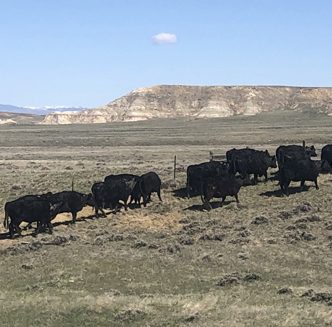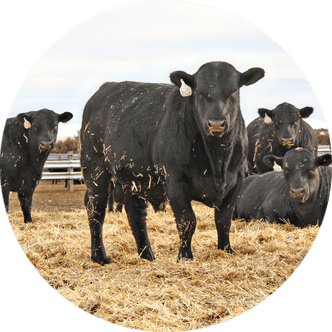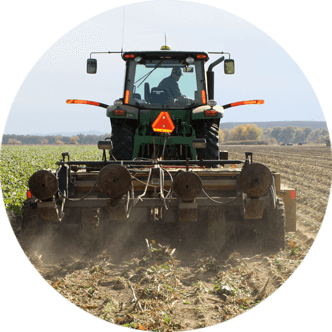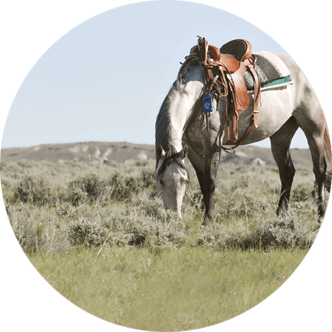Disease concerns take center stage at World Pork Expo
While the futures markets of late allow pig farmers the opportunity to price some profits, the caveat remains that producers need to keep their herd healthy to get hogs to market.
Although many issues of the day were open for discussion during the annual World Pork Expo, held in early June in Des Moines, Iowa, several centered on disease concerns – new and old.
Known health issues plague U.S.
Porcine reproductive and respiratory syndrome (PRRS) continues to plague the U.S. pig farmer, costing the industry more than $1 billion in lost production each year.
Producers used to be able to set their calendar by PRRS, as it would traditionally emerge in herds around Oct. 15, but now it appears the viral disease knows no season.
Reports of PRRS uncharacteristically increased in April and May of this year. Typically, PRRS cases start to decline this time of year.
PRRS continues to present new variants, and this latest scourge is the 1-4-4 L1C.5 variant.
Leaders on the swine herd health front, with assistance from producers and their herd veterinarians, can play a big role in preparing the industry for PRRS.
The Swine Health Information Center (SHIC) disseminates information on all health issues facing pigs, including where PRRS is breaking. Knowing how and where PRRS exists can help producers create an action plan.
Producers also report recent spikes in porcine epidemic diarrhea virus (PEDV), noting, “This feels more like 2014 than any year we’ve had since then.”
This refers to when PEDV came onto the scene in late 2013 and prolonged through 2014.
Strengthened biosecurity measures implemented throughout the industry at the time appeared to curb PEDV cases, even though the virus is endemic in the country. Although a risk for biosecurity fatigue exists, research and anecdotal experience prove amped-up biosecurity measures are helpful in the fight against any disease.
New threat emerging
SHIC was created in the wake of PEDV to tackle current swine health issues while also keeping the industry aware of what’s on the radar, and currently on SHIC’s radar is the New World screwworm (NWS), which was detected in Mexico in November, even though the U.S. had been negative for many years.
In May, it was detected in Veracruz, which is within 700 miles of the U.S. Southern Border. This prompted the U.S. Department of Agriculture to suspend imports of live cattle, horses and bison through U.S. ports of entry along the border.
Why is NWS a concern for U.S. pig farmers? NWS is a parasitic fly which lays eggs and larvae in mucous membranes and open wounds. Most concerning of a potential NWS invasion into the U.S. is it affects any warm-blooded animal, including livestock, wildlife and even humans.
Research also continues to investigate the potential of the highly pathogenic avian influenza virus, which has shown to make the leap from fowl to pigs.
As with PRRS, PEDV and any other viral or bacterial infections that may impact swine herds, the good working relationship between producer and veterinarian cannot be stressed enough.
Knowing the animals in a herd and observing them is imperative to ensuring healthy hogs make it to market, allowing producers to take advantage of pricing opportunities.
Kevin Schulz is the editor of The Farmer. This article was originally published in The Farmer on June 9.





